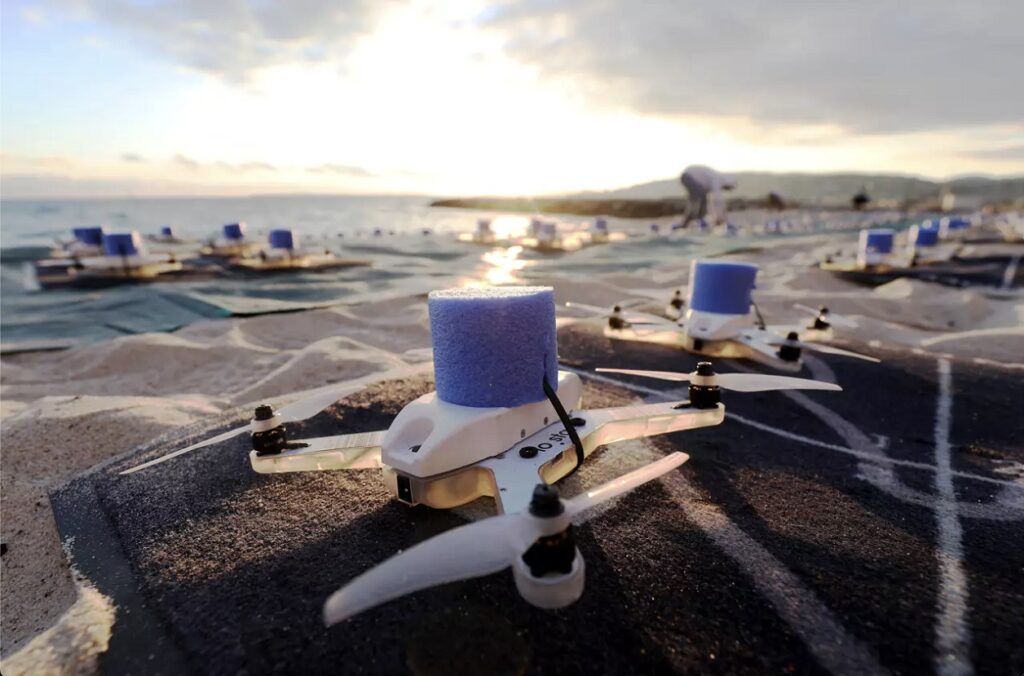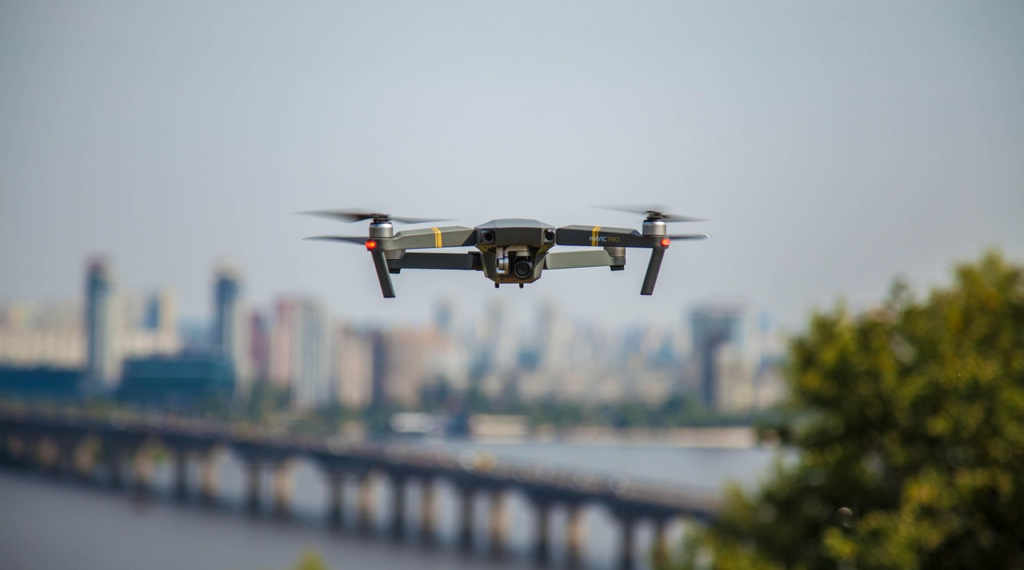Drone regulations in France: key developments for businesses

Drones are no longer just flying gadgets. They embody a new form of expression, a technological tool with multiple uses. For a company specializing in light shows, the drone is at the heart of a modern and immersive artistic performance. To guarantee spectacular and safe visual experiences, mastery of the regulatory framework becomes an essential conditionIn France, the rules are evolving to adapt to professional uses while guaranteeing safety in the airspace.
The legal framework for piloting a drone in France
The use of drones is regulated according to a risk level logic. Three main categories structure this regulatory framework: Open, Specific And CertifiedThese European classifications make it possible to include the simplest practices as well as the most complex operations.
The Open category is for low-risk flights. It is subdivided into A1, A2, and A3 depending on the proximity to people or populated areas. For many operators, this category defines their day-to-day flight conditions. It authorizes the use of drones without prior authorization, provided the associated rules are followed.
The Specific and Certified categories concern advanced uses. They require the implementation of precise procedures, specific training and regulated declarations. The legislation thus allows for a supervised but accessible practice, even for the most demanding professionals.
The prerequisites necessary to fly legally
Every drone flight comes with specific requirements. Professionals must consider several criteria before takeoff. Any drone whose weight exceeds 800 g must be registered on the AlphaTango platform. The operator then receives an official identifier which must be visibly affixed to the device.
Online training is required depending on the type of drone and its intended use. For certain operations or models, a certificate attesting to the pilot's proficiency becomes mandatory. This ensures a better understanding of the rules and behaviors to adopt in flight.
The electronic signaling beacon is also an important requirement. It must be installed on the affected models to facilitate their identification by the authorities. This device is gradually becoming essential for all professional uses.
Finally, liability insurance, while not mandatory, remains a strong recommendation. It protects the pilot and the organization in the event of an incident or damage caused to third parties. This approach contributes to more peaceful and secure use of the drone.
Professional drone operators who want to add a dramatic touch to their events may want to consider a drone showThis type of performance offers an impressive spectacle that complies with regulations while offering a unique visual. In addition, for more personalized events, a drone show for private event could perfectly meet the specific needs of the organizers, bringing an even more memorable experience.
Tips for a smooth experience
Anticipating the necessary administrative procedures for each flight allows you to focus on the creative aspect of the show. By planning the required documents and authorizations in advance, you avoid unforeseen events and ensure a more peaceful and secure experience.
Authorized areas and restrictions to be respected
French airspace is subject to strict regulations. A drone cannot fly anywhere, even if it complies with technical requirements. The height limit is set at 120 meters, except for specific exemption granted by the administration.
Flights over urban areas are prohibited without authorization. To organize a flight in a city or near a crowd, a prior request must be submitted to the relevant authorities. Failure to comply with this rule exposes the operator to penalties.
To identify prohibited areas, the Géoportail website provides an interactive map updated in real time. It indicates airports, military bases, and restricted or sensitive areas. Consulting Géoportail becomes an essential reflex before each mission.
Compliance with these zones is not only a regulatory requirement. It also ensures public safety, the confidentiality of sensitive locations, and the integrity of air operations.
Comparison of classes C0 to C6 and associated obligations
| Class | Maximum weight | Required tag | Required training | Main use |
|---|---|---|---|---|
| C0 | < 250 g | No | No | Recreational flight in open areas |
| C1 | < 900 g | Yes | Yes | Flight close to people |
| C2 | < 4 kg | Yes | Yes (certificate required) | Fly with caution in populated areas |
| C3 | < 25 kg | Yes | Yes | Flight away from any person |
| C4 | < 25 kg | No | Yes | Modeling use / dedicated areas |
| C5 | < 25 kg | Yes | Yes | Professional use (Specific) |
| C6 | < 25 kg | Yes | Yes | Critical or complex missions |
This table does not summarize the regulations but allows you to visualize technical and administrative requirements which are required depending on the type of drone. It is a practical tool for operators wishing to anticipate their equipment and training needs.
The main regulatory changes
The latest legislative developments aim to harmonize technical obligations and strengthen security. One of the key measures is the generalization of electronic reportingEven some drones weighing less than 800g must now integrate this system if they are used professionally.
Another new feature concerns the declaration of use. For any for-profit activity, a declaration is required, even in the Open category. This measure reinforces the distinction between leisure and professional use, while simplifying administrative management.
Regarding technical classes (C0 to C6), the requirements have been redefined. They take better account of hardware developments and device performance. Manufacturers must now integrate these standards into the very design of drones.
Finally, a significant step forward concerns mutual recognition between European countries. Certifications obtained in one Member State are now more widely accepted elsewhere. This measure facilitates travel for professionals, particularly for international events or projects.
How Allumee integrates regulations into its drone shows
At Allumee, regulations do not hinder creation: she supervises and secures the experienceFrom the very beginning of a show's design, the team studies the legal framework applicable to the target area. This includes requests for authorizations, declarations of use, and validation of scenarios with the DGAC.
All deployed drones are equipped with electronic beacons. They belong to technical classes compatible with the requirements of flying in public or sensitive areas. Compliance with distances, heights, and local limitations is integrated into the visual scenario from the creation phase.
Before each performance, an administrative team handles discussions with the relevant authorities. This allows clients to focus on the artistic impact of the show, without worrying about regulatory constraints. This seamless process guarantees everyone's safety.
Allumee also participates in discussions surrounding the evolution of laws governing drone shows. By collaborating with institutions and industry stakeholders, the company highlights the uniqueness of its artistic approach and the specific needs associated with this new form of expression.
A legal framework as a springboard for creation
Drone regulations in France offer a clear and evolving framework. Far from stifling creativity, they allow companies like Allumee to design spectacular experiences in a secure environment. Mastering these rules becomes a strategic asset, particularly in the face of growing expectations in terms of safety, ecology and innovation.
In this demanding regulatory environment, rigorous professionals are holding their own. By anticipating legal developments and investing in compliance, they are turning their constraints into strengths. Each flight then becomes an artistic opportunity, mastered down to the smallest detail.


